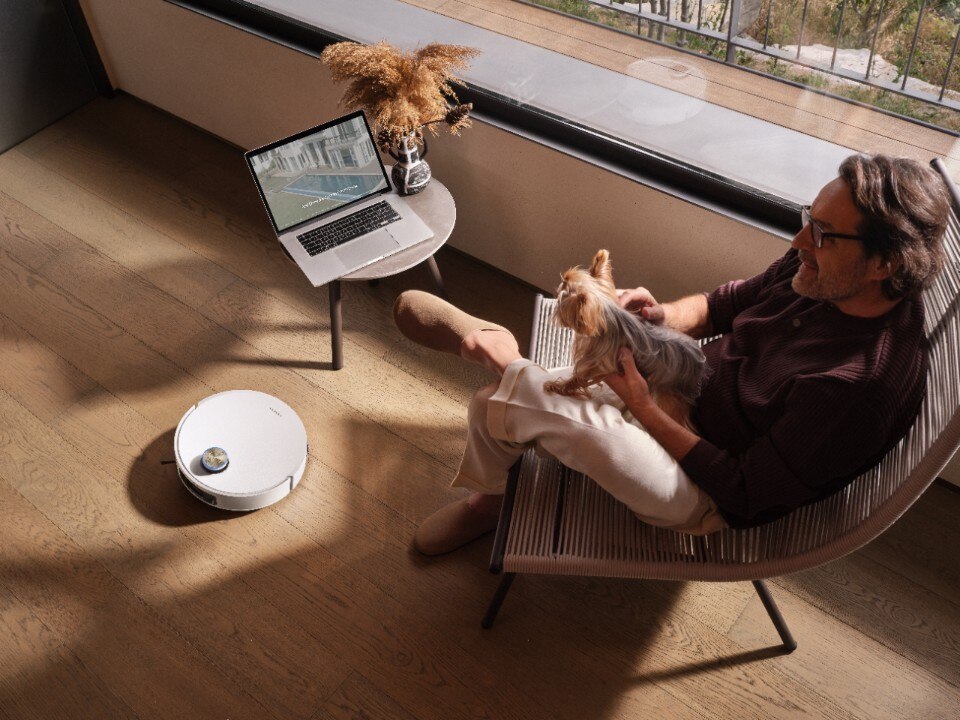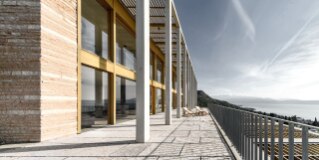The Subendo workshop took place from 25 April to 2 June, and took participants to the streets, culminating at the Praça da Sé, where the video below was produced. The project was a collaboration with NovOlhar social welfare center, SeHab da Cidade de São Paulo, São Paulo Calling, and IRA-C interaction research architecture in crisis context. São Paulo is the first city chosen for the project: in the works are iterations in Tripoli, New York and Baghdad.
What happens when you take off?
It is a known fact that São Paulo is huge. But its enormous dimension is truly disconcerting for those who visit it the first time. An infinite metropolis of continued expansion, density and surface, the city bursts with the complexity of issues that this immense moving crowd carries. The city grows, for those who can afford it, vertically, manifested in colossal towers projected into the sky, symbols of a kind social ascent that would leave most at ground level. The roofs of these towers harbor a world-leading number of heliports — there is a share of the city that moves above the skyscrapers' thirtieth floor. And then, there are the others. For those who cannot afford an apartment in the towers, the city grows horizontally, in the favelas, or the cortiços on the road. The city is divided by merciless social disparities, opposing penthouses to rented pension rooms, which often deny access to rooftop as communal spaces. We wondered what happens when all these people claiming horizontal, confined spaces take possession of symbols that do not belong to them, possessing and observing the city from a new point of view, both in their eyes and consciousness. What happens when you take off?
In these two weeks in São Paulo, we asked ourselves what was its centre structure, and what was the perception and awareness of the territory inhabited and lived in by each individual. What was the nature of this cohabitation, where different social fragments coexist so physically close, and so indifferent to each other. And how these gated communities are granted a specific social status — despite not being architecturally separated from the remaining urban fabric, they use invisible tools which are just as effective as physical separation.
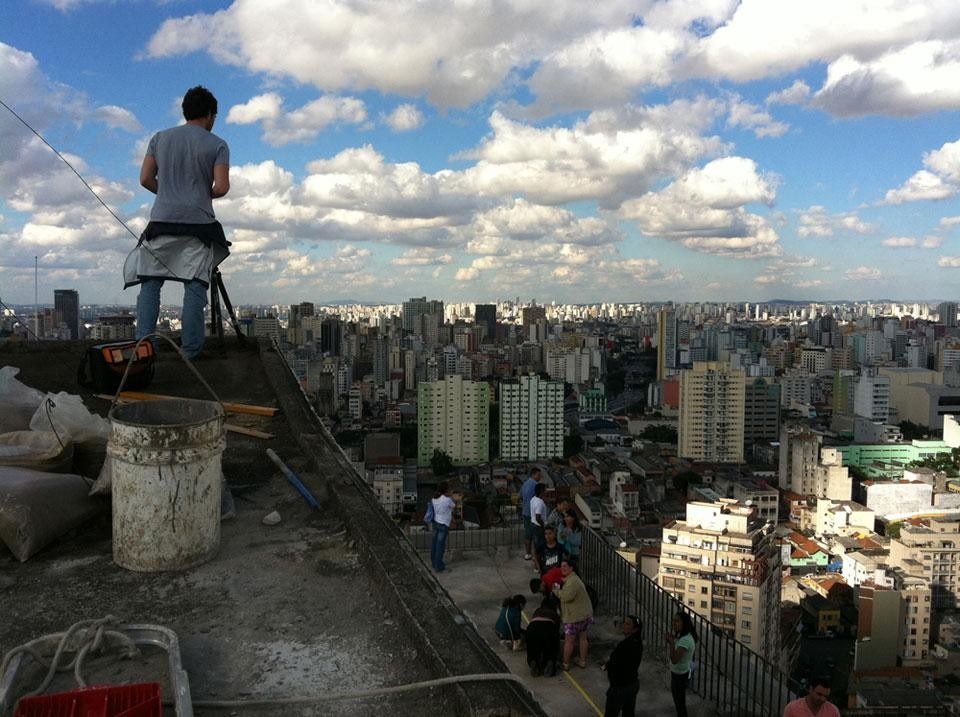
The models of investigation used where those established in previous projects, such as the Mapping Identity project, since a comparison was possible between different territories, as well as a dialogue on the collected materials. Specifically, we worked at three different workshop levels. The first was connected to the history of a city with no memory, with total lack of preservation of historical records in its architecture, its colonial and rural past removed. But at the same time, these memories are engraved in the faces of its inhabitants, particular older ones, who carry in them the legacy of an intense racial mixture, and an impressive history of immigration. This encounter became a series of individual micro-narratives, organized with a group of Cresi elders, titled Private Monuments.
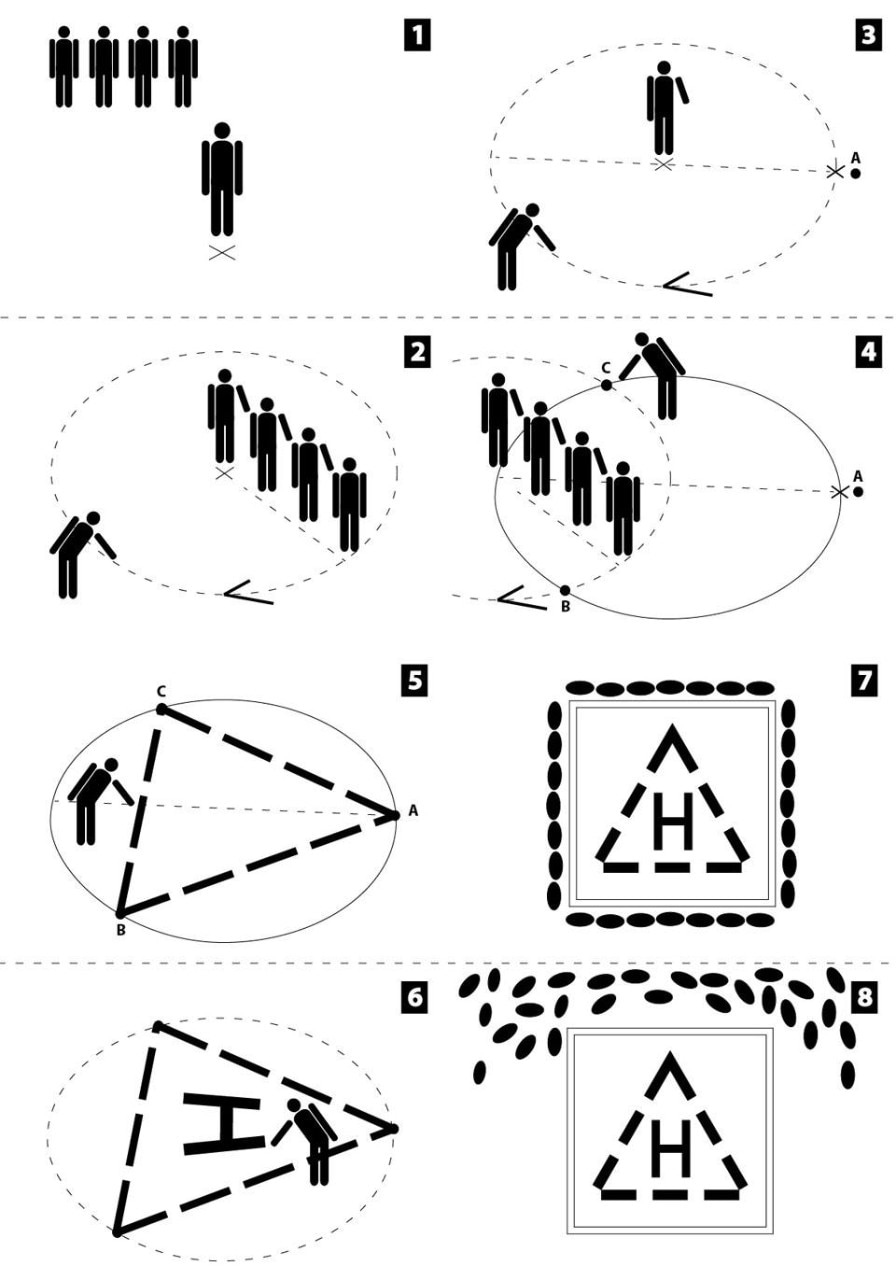
And finally, a photographic and performative project reuniting these experiences under one comprehensive interrogation, while simultaneously taking a stance within public space —both physical and political —, reclaiming a space which should belong to the community: Subendo.
Subendo raises a social question, open to a great and symbolic gesture, which we asked our students but we must now ask to the 11 million inhabitants of São Paulo
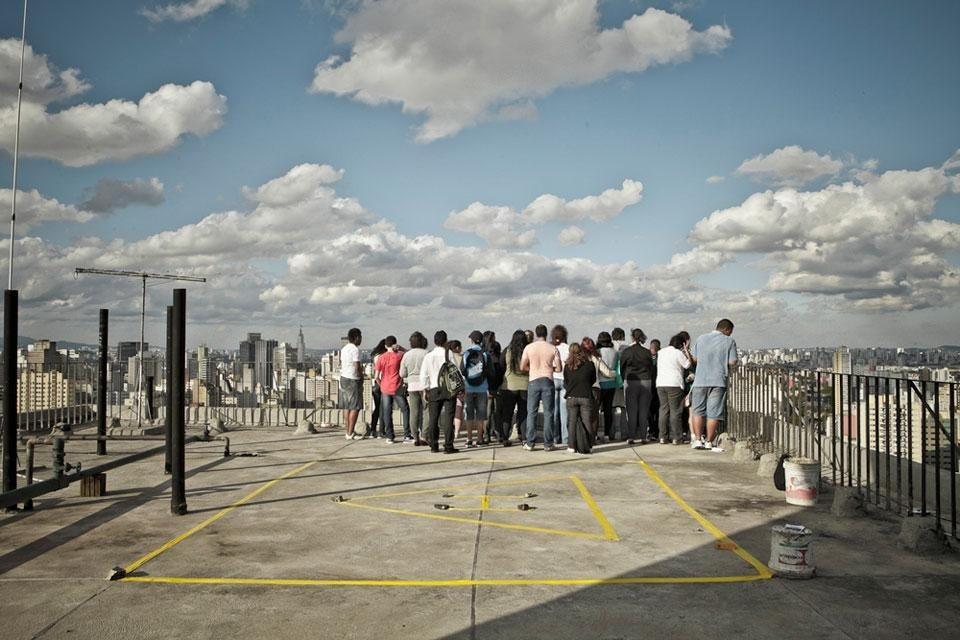
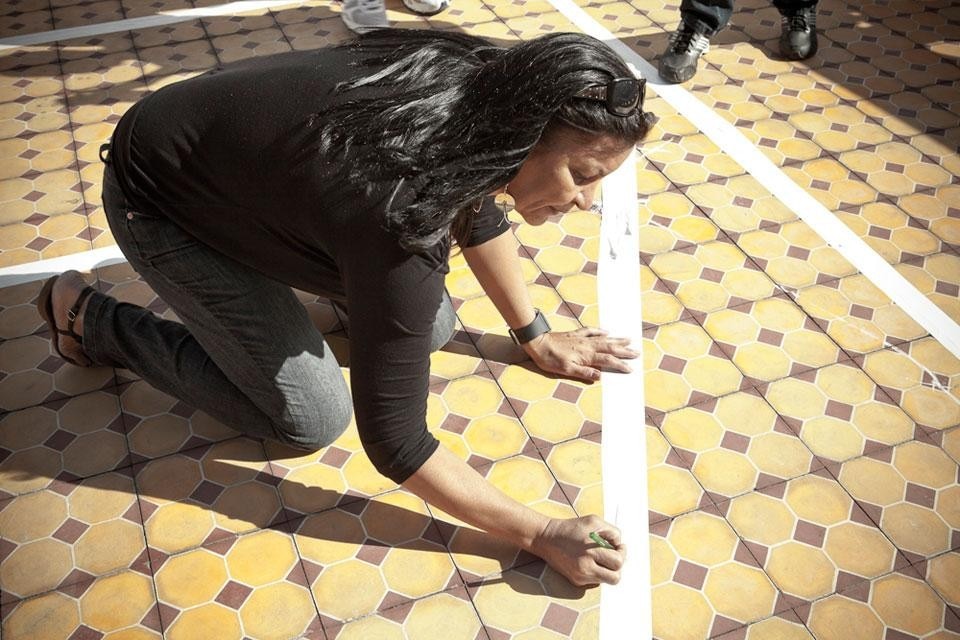
Subendo is the Portuguese term for take-off. But the same term, in Italian, indicates a state under which a revolt necessarily starts. Subendo raises a social question, open to a great and symbolic gesture, which we asked our students but we must now ask to the 11 million inhabitants of São Paulo. Our project launches an open call, attempting to turn this question into a truly public interrogation, which in this case uses the heliport manifestation, but that can, and will change according to each place's characteristics and needs. There will be other iterations of Subendo, each approximately 50 days apart. In Tripoli, New York and Baghdad. In order to continue the interrogations.Antonio Ottomanelli
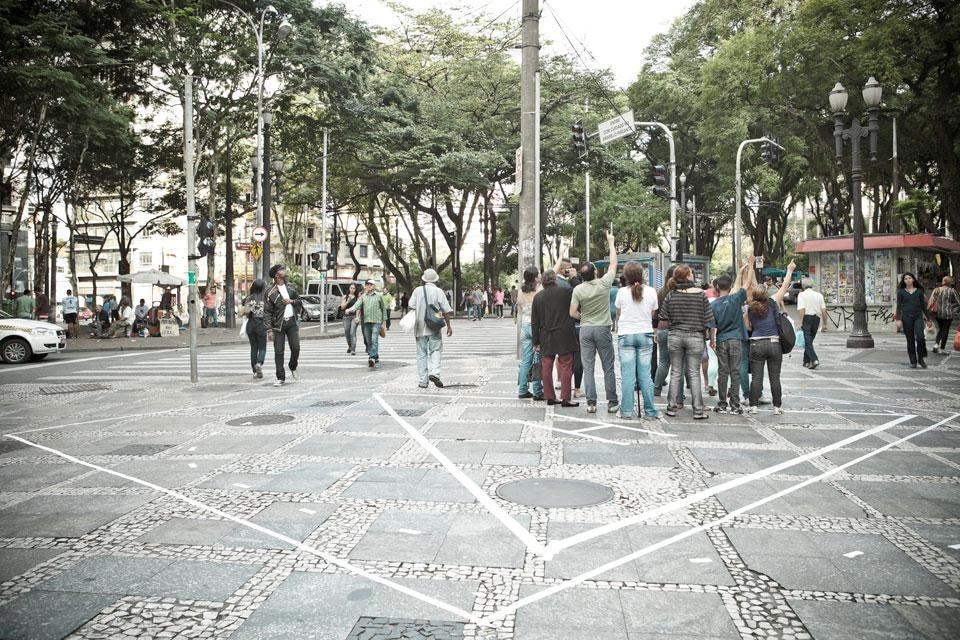
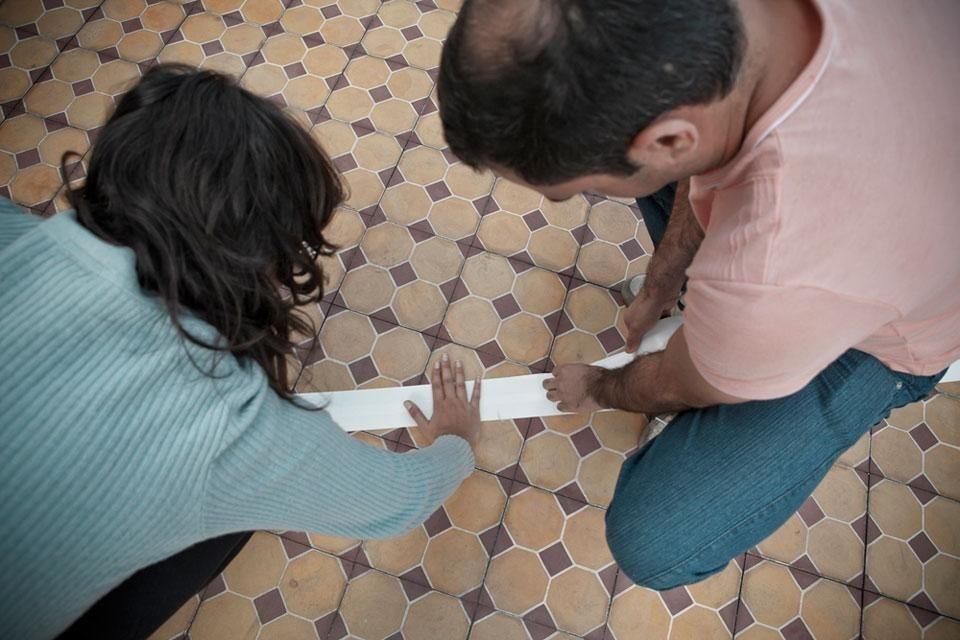
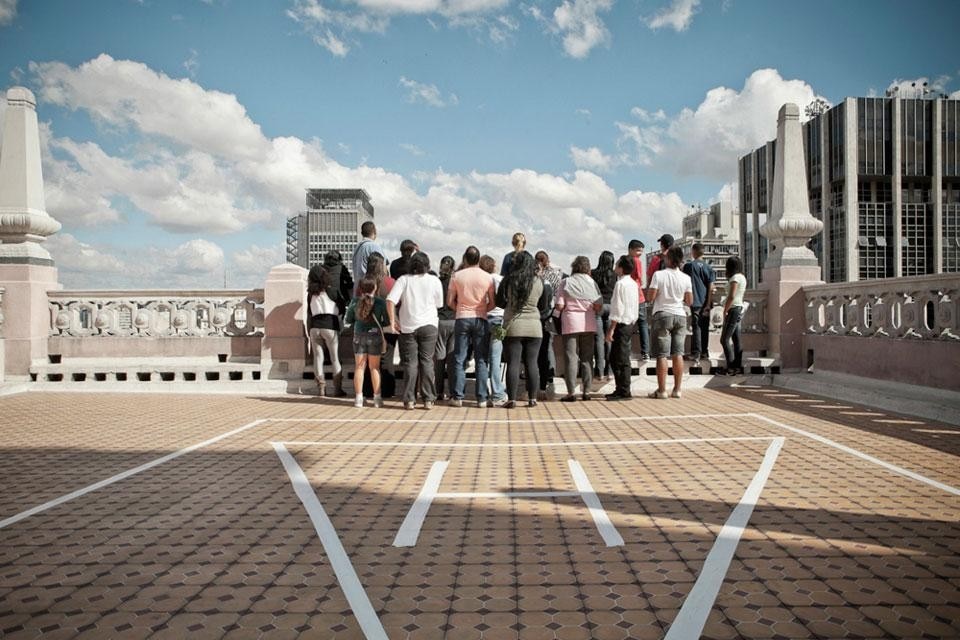

Marble matters– exploring Carrara’s legacy
Sixteen young international architects took part in two intensive training days in Carrara, organized by FUM Academy and YACademy, featuring visits to the marble quarries and a design workshop focused on the use of the material.



